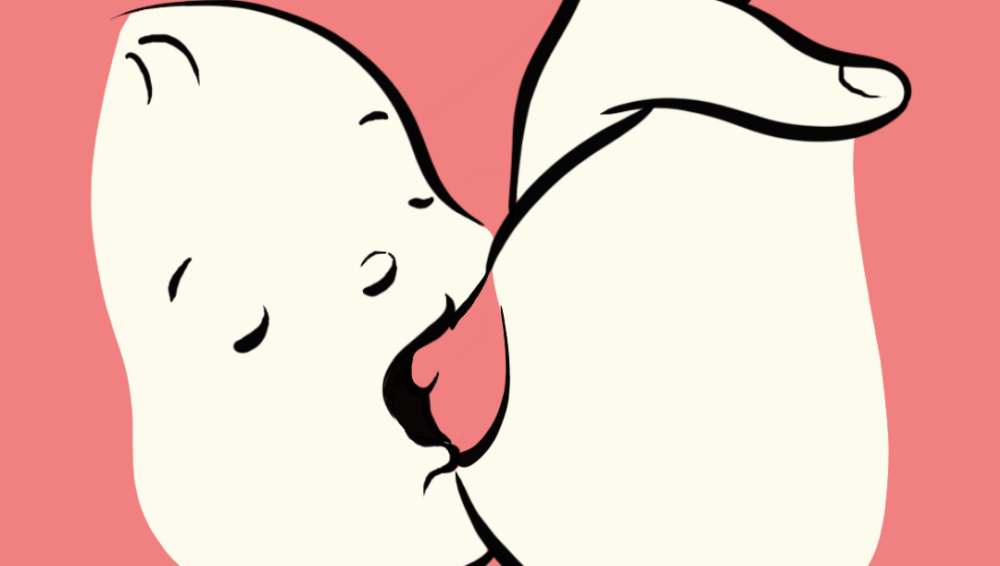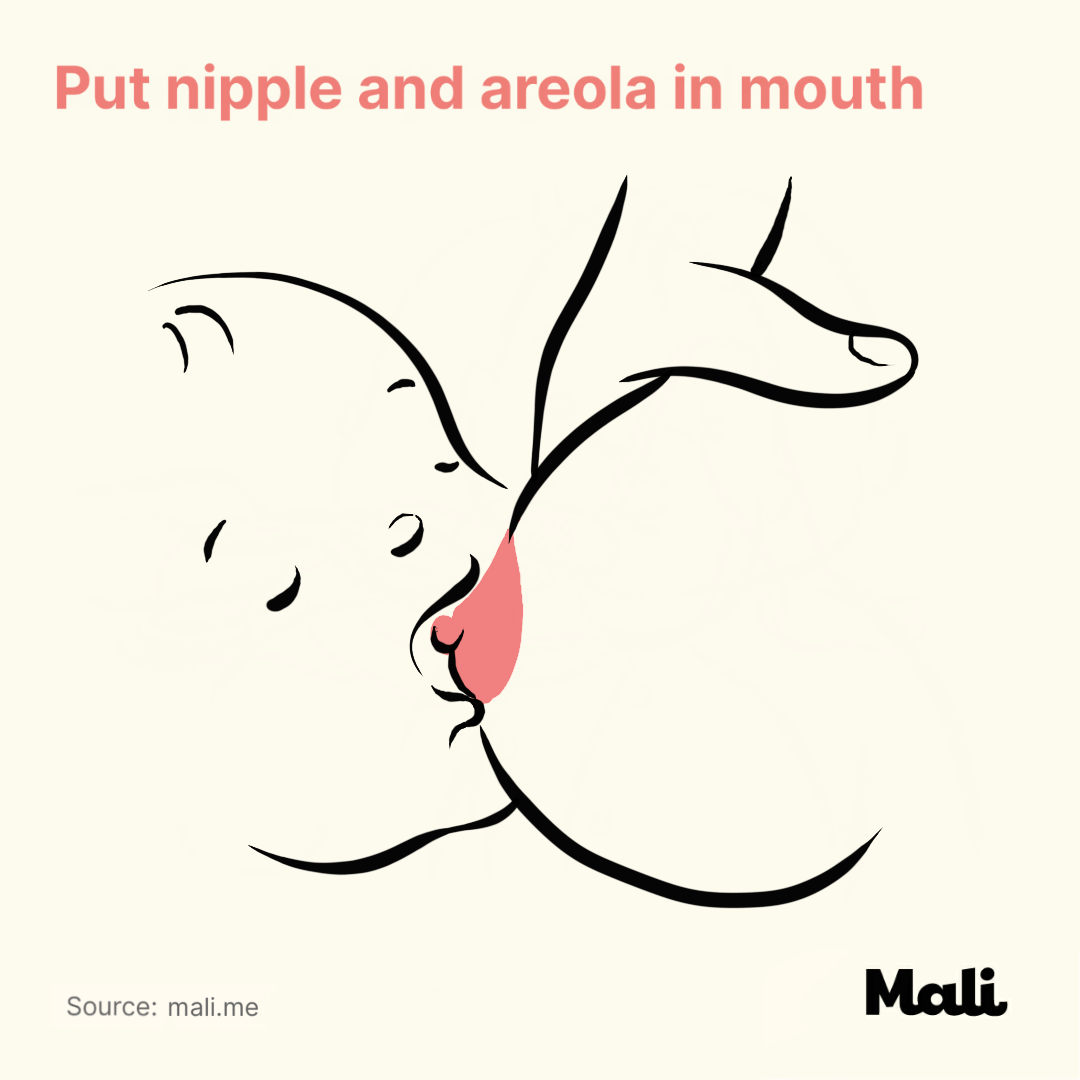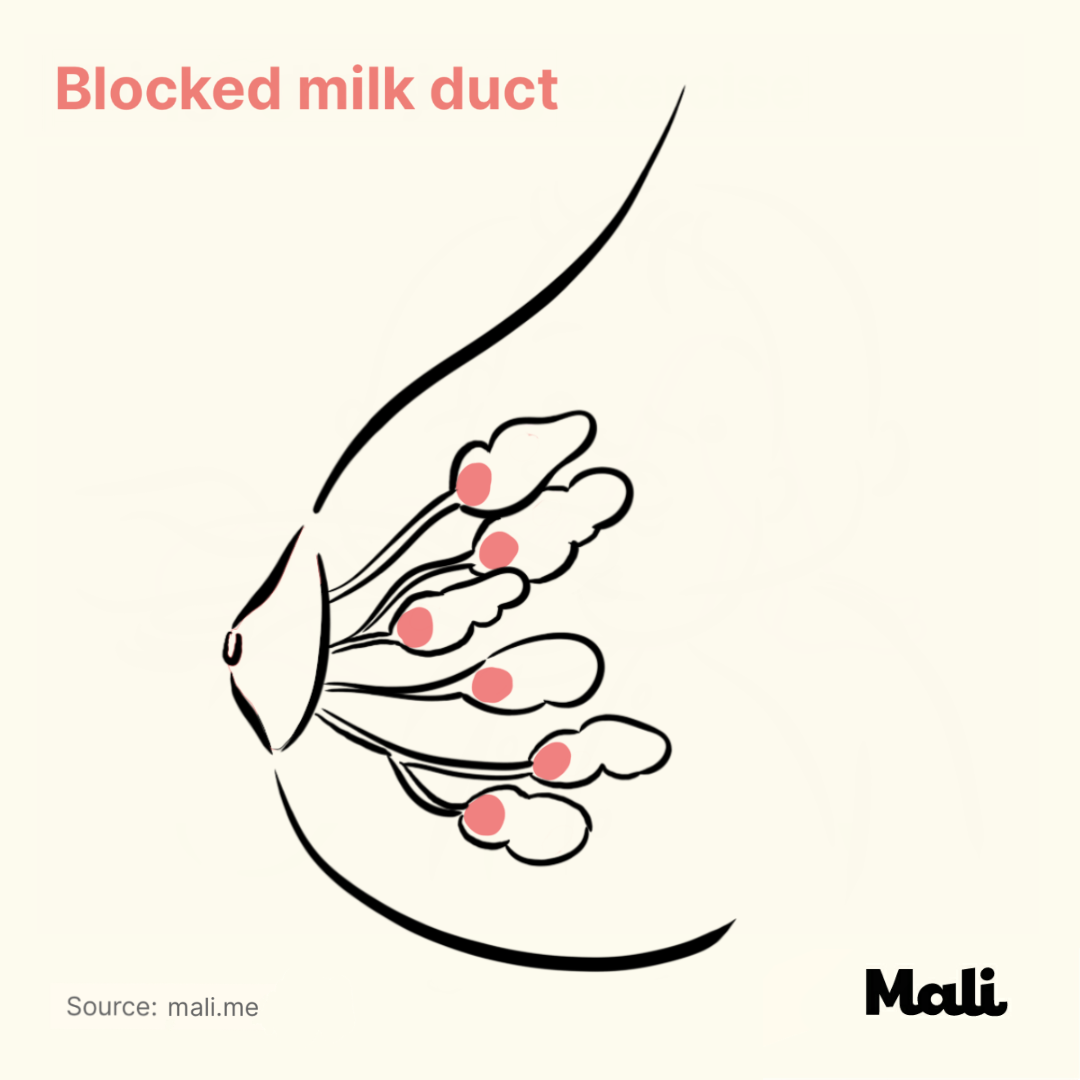15 problems with breastfeeding

While breastfeeding is a natural process, it is not always going to be easy.
So if you experience any problems with breastfeeding, seek help from your doctor, midwife, a breastfeeding specialist, or even an experienced mom.
These are some of the common breastfeeding problems moms experience and how to take care of them:
Inadequate breast milk: Your breasts are made to produce milk when your baby demands it. Infrequent feeding or not feeding long enough may reduce your milk production. One way to know if your baby is getting enough milk is the number of wet diapers or poop your little one produces per day. Another way is to check the rate of weight gain. If Your Child is not getting enough milk, try to nurse more frequently and be sure your baby is latching on properly.
Excess breast milk: In some situations, you may be producing too much breast milk when Your Child is breastfeeding, and your baby may struggle to cope with the flow. You can try a different position to help the baby cope with the huge flow.
Leaking breasts: In the first few weeks following delivery, the breast milk demand and supply cycle is still adjusting, so some moms may have leaking, dripping, or spaying breasts. It normally occurs when the mom hears the cry of her baby. Wearing nursing pads and dark-colored tops helps to conceal your leaking breasts.
Sore or cracked nipples: Nursing moms commonly experience sore or cracked nipples. It is often a result of improper positioning. To reduce or prevent this, make sure that your baby is positioned properly and is latching onto both your areola and nipple. You may apply a lanolin cream on your nipples after each feeding session.
Breast engorgement: Breast engorgement is when your breasts become overly full and may feel hard, tight, discomforting, or overtly painful. It mostly happens in the early days because your breasts are producing milk but your newborn is not feeding as much. The discomfort usually subsides within a few days or weeks. To ease the discomfort, do the following:
- Nurse frequently
- Use a warm compress before feeding and a cold compress after
- Massage your breast while feeding
- Switch positions
- Ensure you wear a well-fitted nursing bra
Flat or inverted nipples: Nipples normally point outward and fit into the baby’s mouth. But in some moms, the nipples are flat or inverted, making it difficult for the baby to latch on. If you have this condition and your breast milk is flowing well, place your baby’s mouth at the nipple and compress the areola to help the baby latch on properly or use breast shells. But if there is inadequate milk flow, you may use a pump to get the milk flowing first before placing your baby’s mouth at your nipple.

Baby is not latching on properly: Being able to latch properly is key to ensuring adequate milk supply and keeping your baby well-fed. However, this can be tricky to achieve in the beginning. If you are finding breastfeeding painful or your baby doesn’t seem to be satisfied after feeds, then your baby may not be latching onto the breast properly. Here are things you can do when breastfeeding:
- Ensure your baby is properly positioned
- Compress your areola between your fingers to make the nipple stand out
- Tickle your baby’s cheek to stimulate open mouth wide
- Then, place the nipple and areola into the mouth

Blocked milk duct: Sometimes, the ducts that connect the milk glands to the nipple may be blocked, causing milk to back up and form a painful lump. Continue breastfeeding regularly, and make sure you don’t wear tight bras. Apply warm compresses to the affected breast and massage gently to stimulate milk movement. A professional breast massage can help here as well.
Baby sleeping at the breast: During the first few weeks of life, babies tend to be very sleepy, so it’s common to fall asleep during breastfeeding. It could be that milk isn’t flowing properly. If you notice that your baby’s sucking is slowing down or Your Child is sleeping, you may switch breasts or try to stimulate by burping, tickling the feet, or gently talking to your little one.
Inflammation of the breast: This is known as mastitis, and it usually happens when a blocked milk duct is not relieved or if there’s a bacterial infection. The breast may feel hot and painful, and you may have flu-like symptoms. It is best to consult with your doctor.
Breast abscess: When mastitis is not properly treated, or if it does not respond to treatment, it may get worse and form a breast abscess, which may need to be surgically drained. Be sure to consult with your doctor.
Thrush: This is a yeast infection in the baby’s mouth, which can be transmitted to your breast. Your nipples may become itchy, sore, burning, and crusty. If you think you or your baby has a thrush infection, go see your doctor as you and your baby may need antifungal medication.
Baby’s oral anatomy: About 1 in 10 babies have one form of improper oral anatomy or the other, which can make it challenging for the baby to latch on properly. It could be tongue-tie, high-arched palate, or abnormalities of the chin and jaw. If your baby has any oral abnormality, consult your doctor.
Nipple confusion: While most babies don’t have any issues switching between breast and bottle feeders, some may have problems with either of them. If your baby prefers bottle-feeding or breastfeeding, make every effort to train the little one on the other method of feeding as well, since you may not be able to breastfeed or bottle-feed all the time.
Breast implants: For most people, breast implants don’t present any breastfeeding problems. However, if the incision damages some nerves or milk ducts, there may be lactation problems. If you think your implant is affecting your milk supply, consult a lactation specialist. A breast pump may help too.
Verified:
Dr. Piyawut Kreetapirom, MD. (31 March 2021)



